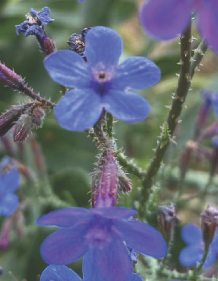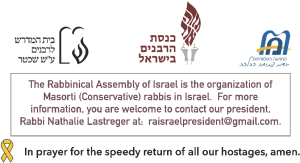
![]()
 In folk medicine there is a belief in the efficacy of leaves from the bush known as trigose bugloss or prickly alkanet, which is common around the Eastern Mediterranean. Skin wounds can be healed by placing beaten leaves on the wound. Burns and infections on skin can be treated with a salve made of beaten leaves mixed with olive oil. Applying the mix topically heals burns, and drinking a tea made from the leaves is useful against worms and internal bleeding.
In folk medicine there is a belief in the efficacy of leaves from the bush known as trigose bugloss or prickly alkanet, which is common around the Eastern Mediterranean. Skin wounds can be healed by placing beaten leaves on the wound. Burns and infections on skin can be treated with a salve made of beaten leaves mixed with olive oil. Applying the mix topically heals burns, and drinking a tea made from the leaves is useful against worms and internal bleeding.
I look at the lovely flower of that plant, anchusa strigosa, with its lavender-blue hue, a plant that grows with particular pride, in dry places, and, seemingly magically, returns ex nihilo each year at springtime to decorate the world.
We have passed beyond the spring holidays this year — Pesaḥ, Yom Ha-‘atzma’ut, Pesaḥ Sheni, Lag Ba-‘omer, and Shavu‘ot. The memorial days too are behind us — Holocaust Memorial Day, Memorial Day for Israel’s fallen soldiers and victims of terrorism. This year we have also enduring the fires that burnt so much of the Judean Hills near Jerusalem. Even as smoke filled the air with ash, under the rocks was the wondrous growth of the purple anchusa strigosa, which serves as a reminder to us that there is hope, there is renewal, there is rebirth.
![]()
